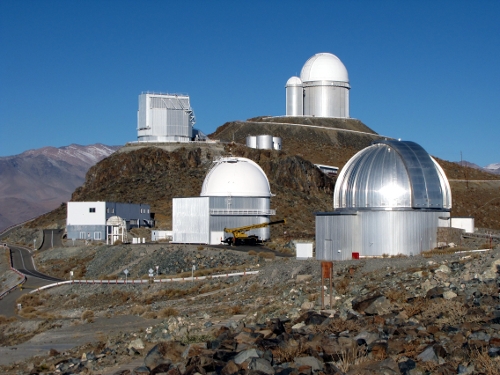
Image courtesy of Katrien Uytterhoeven | ||||
| ||||
You might also be interested in:

Traveling Nitrogen Classroom Activity Kit
Check out our online store - minerals, fossils, books, activities, jewelry, and household items!...more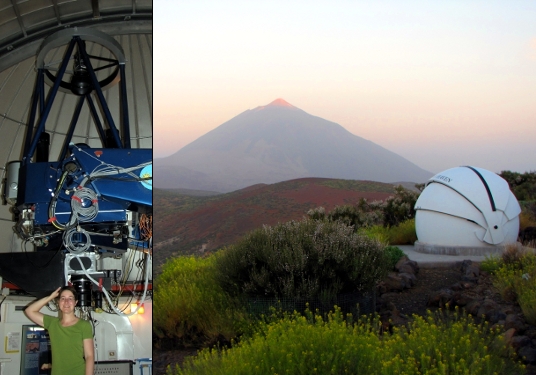
Watching stars pulsate from Tenerife
I am Katrien, a Belgian astronomer. I have been working in several European countries and I am currently based in Paris, France. My research is very exciting as I study stars that pulsate! This means...more
Wind
Wind is moving air. Warm air rises, and cool air comes in to take its place. This movement creates different pressures in the atmosphere which creates the winds around the globe. Since the Earth spins,...more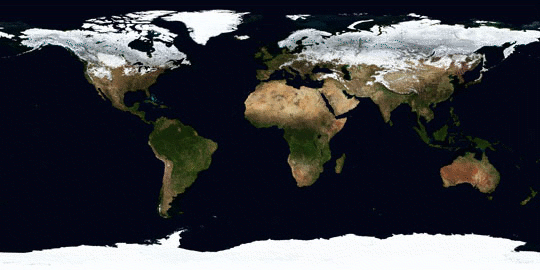
North and South: Opposite Seasons
NASA's Earth Observatory has recently started making images of the entire surface of the Earth every month. There are no clouds in the images because they combine many pictures taken at different times...more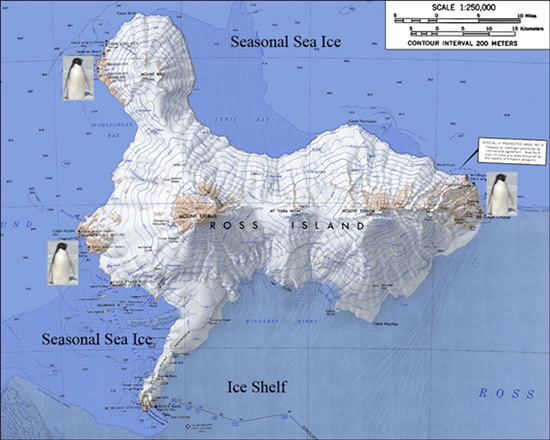
Penguin Colonies
This is Ross Island, a volcanic island embedded in the Ross Ice Shelf, Antarctica. Adelie penguins are found all around Antarctica, but we will be filming the documentary at the breeding colonies shown...more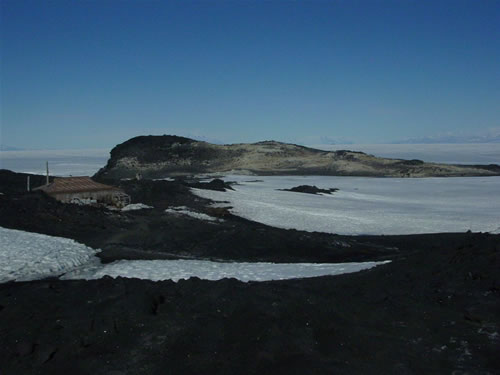
View from our home
This is a view of the Adelie penguin breeding colony at Cape Royds in Antarctica. In the foreground you see Shackleton’s hut. Sir Ernest Shackleton and his team of explorers tried and failed to cross the...more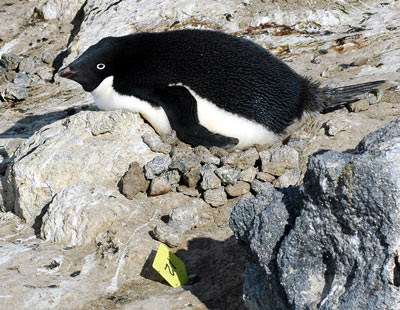
Time to Raise the Chicks
We are at Cape Royds, Ross Island, Antarctica, a penguin breeding colony of several thousand Adelie penguins. This female is 8 years old and has been a successful breeder in the past. She was first seen...more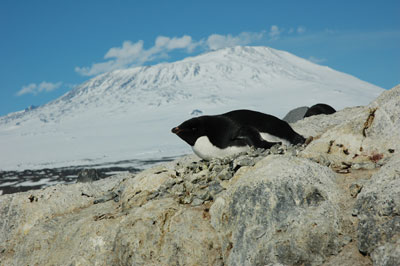
Ice, Fire, and Penguins
Cape Royds penguin breeding colony is in the shadow of Mt Erebus, one of three volcanoes on Ross Island and the only active one. Antarctica Explorer James Clark Ross named two of the volcanoes after his...morePlease log in
Science Blogs
Real Climate: climate science from climate scientists

Windows to the Universe, a project of the National Earth Science Teachers Association, is sponsored in part is sponsored in part through grants from federal agencies (NASA and NOAA), and partnerships with affiliated organizations, including the American Geophysical Union, the Howard Hughes Medical Institute, the Earth System Information Partnership, the American Meteorological Society, the National Center for Science Education, and TERC. The American Geophysical Union and the American Geosciences Institute are Windows to the Universe Founding Partners. NESTA welcomes new Institutional Affiliates in support of our ongoing programs, as well as collaborations on new projects. Contact NESTA for more information.




